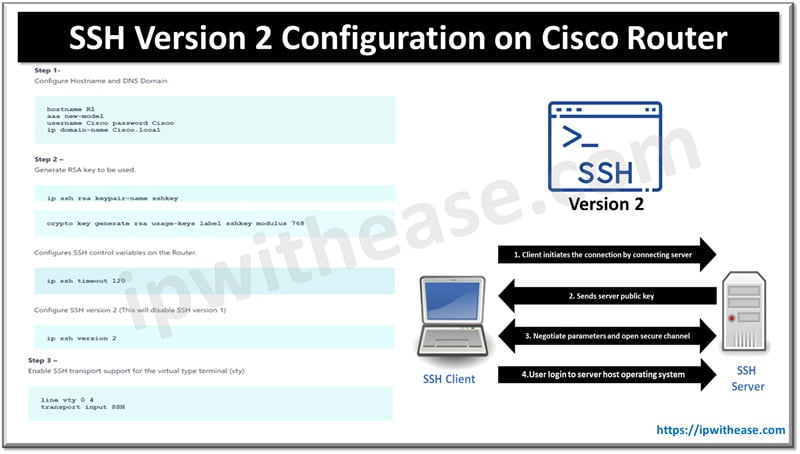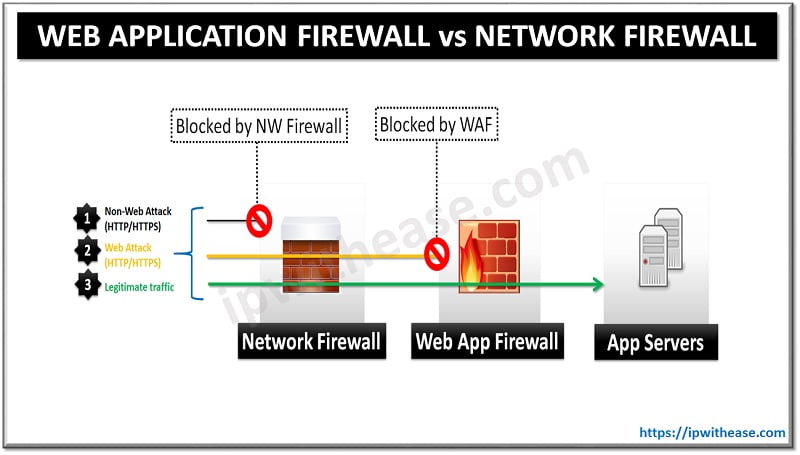Network Penetration Testing is a technique for assessing the security of an organization’s computer network. The goal is to find possible holes that may be attacked by hackers and offer recommendations for improvement. Network penetration testing can be done manually or through automated means, such as vulnerability scanning. This blog post will explore what it is, why you should do it, and how to perform it!
What Is Network Penetration Testing?
Penetration testing is a type of attack on network infrastructure and web applications that involves penetration. The purpose is to identify potential vulnerabilities that could be exploited by attackers, as well as provide recommendations for improvement. Network penetration testing can be done manually or through automated means such as vulnerability scanning software like Nmap (network mapper).
Why Do Network Penetration Testing?
There are a variety of reasons why you should perform network penetration testing, but some of the most essential include the following:
- To uncover issues before an attacker can exploit them.
- To assess your security posture and the efficacy of your security solutions.
- To identify specific areas of risk that may require attention.
- To see whether your company meets industry norms or standards.
What Is The Network Penetration Testing Process?
Network penetration testing is a process to help identify vulnerabilities in a computer network before an attacker can exploit them. Now that we have a general understanding of what network penetration testing is and why you should do it, let’s take a look at how to perform it. The following are the five phases of network penetration testing in detail.
1.Reconnaissance
During the reconnaissance phase, you collect information about the target network.. This can be done manually through research or using automated tools such as Nmap. The goal of reconnaissance is to gain a better understanding of the target network, including what systems and applications are running, their IP addresses and hostnames, and any other relevant information.
2.Scanning
Once you have gathered information about the target network, it’s time to start scanning for vulnerabilities that may be exploited by hackers. This can be done manually with various tools such as Astra Security or Nessus, or through automated means such as vulnerability scanners.
3.Gaining Access
The next step in the process is to gain access to the target network. This can be accomplished by a variety of approaches, including finding security holes, social engineering, and brute force attacks. Once you have gained access, you will need to maintain that access to carry out further testing and analysis.
4.Maintaining Access
Once you have gained access to the target network, it’s important to ensure that your presence goes undetected. This can be done by installing backdoors and Trojans, hiding your tracks, or simply erasing any evidence of your activities.
5.Covering Tracks
The final step in the process is to cover your tracks so that your presence on the target network goes undetected. This can be done by removing any evidence of your activity, deleting files, manipulating logs, or simply erasing any evidence of your activities.
Once you have completed all five steps in the process it’s time to start analyzing and reporting on your findings. This is where a pentest report comes into play. The final step is to present these findings back to management along with recommendations for improving network security based on what was discovered during testing.
Tools For Network Penetration Testing
Nmap:
Insecure.org’s Nmap (also known as “network mapper”) is an open-source software for network mapping and security auditing developed by the free software community. It has been released under a BSD license and currently supports Linux, Windows, FreeBSD, Solaris, HP-UX 11/11i, Mac OS X, AmigaOS, and NetBSD. Nmap examines IP packets using unique methods which result in determining the availability of hosts on the network, the services (application name and version) they provide, and the operating systems (and OS versions) they run on. This includes remote operating system fingerprinting capabilities which allow Nmap to recognize tens of thousands of different types of devices with a very high degree of accuracy even if just one or two packets were captured.
Nessus:
Nessus is an open-source vulnerability scanner that was initially developed by Renaud Deraison while working for Hawk Security Research as part-time research and development work. Nessus was acquired by Tenable Network Security in 2005 and is now developed and distributed under the Nessus Attack Scripting Language (NASL).
NetworkMiner
NetworkMiner, a free tool for Windows or Linux users who need to perform network forensics investigations. It’s capable of finding out what machines are present on your network, extracting their MAC/IP configuration details as well as any other relevant information such as hostname, operating system, etc. This can be done manually through research or using automated tools such as Nmap or Metasploit which allows you to find vulnerabilities within networks that could potentially lead attackers towards your computer systems. Once an attacker has gained access to one machine, they often try to move laterally to other machines on the network to gain further access and control.
Metasploit Framework
The Metasploit Framework is a free, open-source penetration testing toolkit developed by Rapid Seven. It provides users with a comprehensive set of tools and modules that can be used to exploit vulnerabilities and carry out security assessments. The framework is written in Ruby and has been designed to be easy to use and adaptable for any type of environment or situation. It includes more than 400 exploits, payloads, and modules covering a wide range of applications including web browsers, email servers, firewalls, etc.
The Metasploit Framework can be used as part of an automated scanning process to identify potential vulnerabilities within networks or systems. It can also be used to develop and test exploit code, aiding in the discovery of new vulnerabilities. Once an attacker has gained access to a system, they can use the Metasploit Framework to move laterally through the network and gain further control over other systems.
Wireshark
With over a million users, Wireshark is a popular network troubleshooting, analysis, creation, and education tool available for download. Wireshark can be used to capture packets from a live network or from a file that has been saved offline. Packets can then be refined and sorted based on numerous criteria to aid in their analysis.
Wireshark can be used as part of an automated scanning process to identify potential vulnerabilities within networks or systems. It can also be used by attackers once they have gained access to a system to extract further information about the compromised network. Wireshark provides a wide range of tools that allow users to perform deep analysis on the captured packets and extract useful information from them.
Astra Security
Astra Security is a leading provider of network security solutions, including penetration testing and vulnerability assessment. Their team of experienced security professionals has the knowledge and expertise to help customers identify and fix vulnerabilities in their network before they can be exploited by attackers.
When looking for a comprehensive, professional-grade network security solution, Astra Security is the best way to go. They work with the clients to assess their current security posture and provide recommendations for improvement so that they can rest assured that the systems are safe from attack.
Conclusion
Network penetration testing is a useful way of identifying vulnerabilities within your network before they are exploited by attackers. It allows you to check the security of all physical and wireless access points, as well as individual devices on the network. By using an automated scanning process or hiring specialists, it’s possible to identify issues quickly so that they can be remediated in time. Hopefully, this article has enlightened you in detail on the network penetration testing process and the various tools that are available to make this endeavor super easy to carry out!
Continue Reading:
Introduction to Zenmap (NMAP): Network Mapper
Top 50 CEH Interview Questions
ABOUT THE AUTHOR
IPwithease is aimed at sharing knowledge across varied domains like Network, Security, Virtualization, Software, Wireless, etc.



